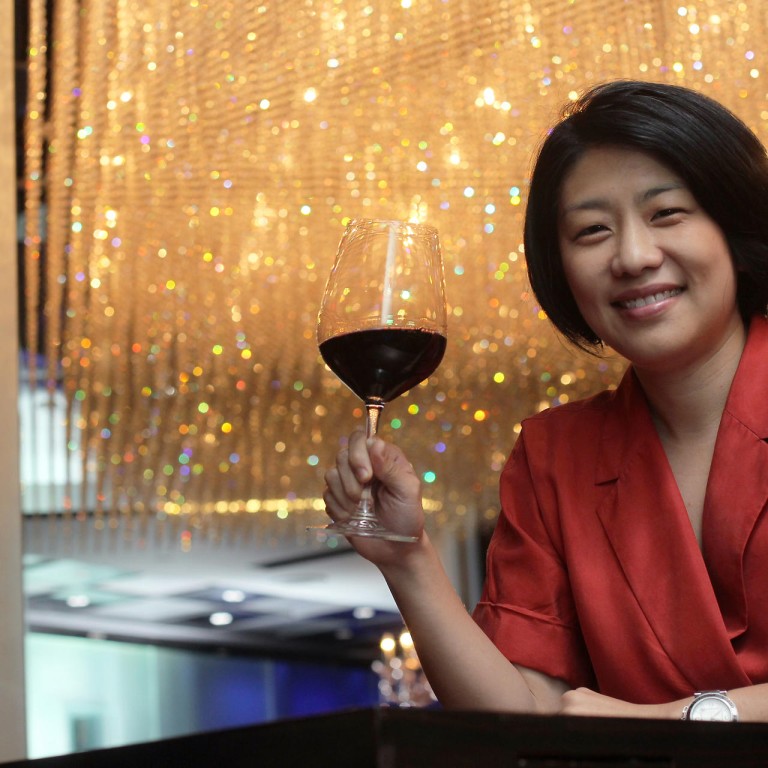
Winemaker Judy Leissner's vintage approach is the secret of her success
The wine business is a waiting game, and Judy Leissner knows it only too well. “I would want my vineyard to be a 25-year-old vineyard overnight, but that isn’t going to happen. As the vine gets older the wine becomes more complex, so you can’t move the clock. All you can do is to wait,” says Leissner, president of Grace Vineyard, a family-run winery based in Shanxi province that was set up in 1997.
“Unlike a chef who cooks the same dishes over and over again, our winemakers make wine once a year, with different ingredients each time. You can’t predict how long the wine has to be in the barrel or in the tank. You just have to observe,” says Leissner, who took over the business from her father in 2002 at 24.


For someone who was raised in the hustle and bustle of Hong Kong, patience is a lesson to learn. Working in the vineyard, Leissner has become conscious of the changing seasons. “Growing up in Hong Kong, besides changing our closet, you don’t care about the weather. You only care about the temperature of the day,” she says.
Her staff take photos at the same locations on the same dates every year. Vital to vineyard management is knowing how the plants have grown compared to years gone by in order to predict when the grapes will come out, when the colouring and flowering will happen, and whether the growing season is earlier or later than previous years.
“There are things you need to do at particular moments. We have to thin the leaves at a certain moment to increase [air] circulation for them to be drier. Leaves thinned too early get sunburned. If they are thinned too late, the grapes may not get enough sunlight,” Leissner says.
Running a winery has been a humbling experience. “Partially because of my age and ignorance, and also because we were educated on this can-do attitude, I always wanted to change things and push things. But I now realise there is so little you can do in front of nature, and our industry is very much reliant on nature,” she says.
Leissner knows the ins and outs of the business and the consumer market on the mainland. She has fought many uphill battles over the years, initially having to manage a team of 80-plus staff, most of whom hailed from state-owned enterprises.
Building relationships with industry players and government officials also produce challenges. “The first few years was about surviving, as well as trying to learn as much as I could. Few people have the opportunity to see a company starting from the beginning and continuing to evolve.”
